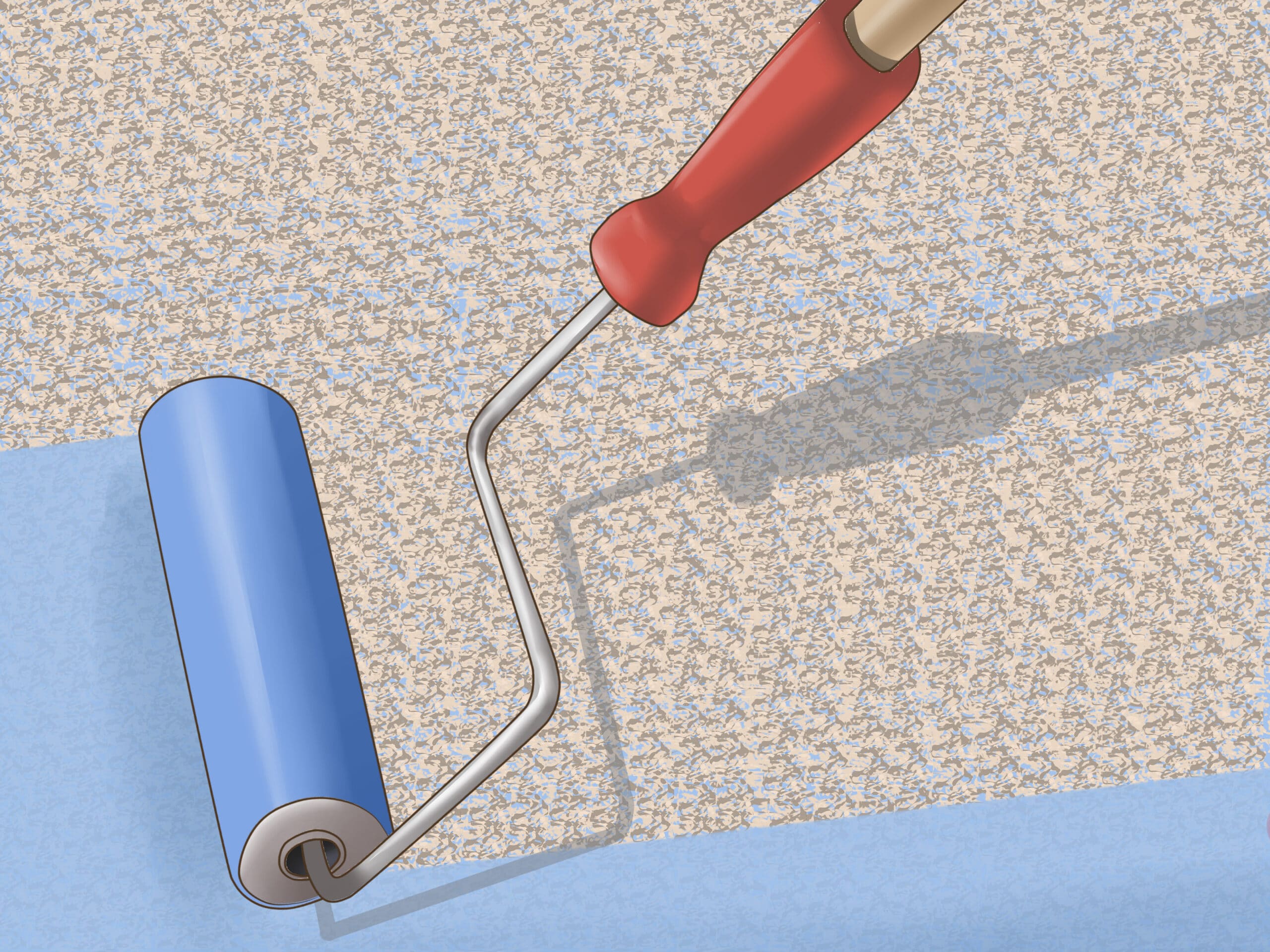

CentricAutoRepair.com
(760) 490-0487
Painting a garage floor essentially involves the same steps as painting any other interior surface in your house: first priming and then painting the surface area. However, since it is a floor, you definitely have to plan an exit strategy so you don’t trap yourself in the middle of a whole lot of wet paint. And since it is the garage floor, extra care must be taken to clean it beforehand so no chemical stains or other blemishes show through the final coat.


Start with a basic clean-up. Wipe up any liquids (such as automotive fluids or any other chemicals) with a cloth. Then clear the floor of dry debris. Sweep up any dust or solids with a broom.[1]
Spray the concrete with cleaner. For best results, use a degreaser on the floor and then an all-purpose cleaner. Spray it over the whole floor, using generous amounts over noticeable stains. Let it sit for at least ten minutes. For heavy stains, let it soak for twenty.[2]
Scrub the floor. Allow the cleaner enough time to sit, but not enough to dry. While the floor is still wet, scrub the concrete with a stiff-bristled brush or broom. Use non-metal bristles, since metal ones may scratch up the concrete.[4]
Rinse the floor. Attach a high-pressure nozzle to your garden hose. Spray the entire floor, working from the inside outward. Wash away any traces of cleaner and debris.[5]Once you are finished, mop or squeegee the extra water out of the garage. Allow the floor to air-dry before proceeding.
Repair cracks. Before you prime your floor, inspect it for any imperfections. Apply a synthetic concrete/mortar compound over any thin cracks. For wider cracks, use a concrete patch. If the they are especially deep, apply the new concrete in layers, allowing each to dry before adding the next.[7]
Prime the edges of your floor first. Pick a corner to start from. Pour some primer into a tray or bucket. Then use a paintbrush to apply it along the floor, where it meets the wall. Create a border that is roughly 2 to 3 inches thick (5 to 7.5 cm) along all four sides of your floor.[9]
Switch to your paint roller. Once the border has been primed, pour more primer into a paint tray. Screw an extension pole into the base of a paint roller so you don’t have to work on your knees. Roll the roller in the tray to load it with primer, and begin rolling the primer on the floor, starting in a back corner of the garage.[10]
Coat the whole floor. Keep rolling lengths of primer over the floor until the entire surface is treated.[11] As you go, be aware of your exit strategy so you don’t back yourself into a corner. Starting from the back of the garage, work your way from left to right. Then back up toward the open garage door, and work your way from left to right again. Repeat until you finally exit the garage.
Mix and pour the paint. Expect the paint’s color to be inconsistent when you first open it. Use a paint stirrer to mix it until the color is perfectly even. After that, pour some into a paint tray or bucket.[14]
Paint the floor strip by strip. Again, simply use the same process as priming. Fill your paint tray with paint. Using a roller with an extension pole, paint the floor on strip at a time. Starting in a back corner, cover the freshly painted border with a length of paint roughly 4 feet (1 m) long by 2 feet wide (1.2 m long by 0.6 m wide). Freshen your roller with more paint and paint another strip that slightly overlaps the first.[17]
Add color flakes if you like. Consider adding vinyl chips to liven up the floor’s base coat with complement colors. If you decide to do so, empty the chips from their packaging into a bucket or similar container before you start painting. Keep the bucket handy as you paint. Once you have a sizable area covered, toss handfuls of chips into the air over it so they can settle at random into the drying paint. Be sure to do this no later than ten minutes after the paint was applied, so the chips can stick to the wet coat.[18]
Apply a second coat if desired. Give the first coat 24 hours to dry. After that, give it a gander and determine whether you want to apply a second coat. If you do, simply repeat the process. If not, feel free to begin walking over the first coat as long as it no longer feels tacky, but give it another week before parking your car or other heavy machinery inside.[19]
https://youtu.be/zvuQqzyUqmI No Contact Service For Auto Repair
1) Engine Will Not Start Common misdiagnosis: dead battery Most people purchase a battery from…
ProBoard Member Victor Banuelos - Centric Auto Repair SAN DIEGO – WD-40 Company is recruiting…
Well this just happened....Major Changes at this Auto Repair Shop - Centric Auto RepairOut of…
WE ARE NOW AN AAA AUTO REPAIR FACILITY Dear Valued Customers, I’m excited to inform…
This website uses cookies.